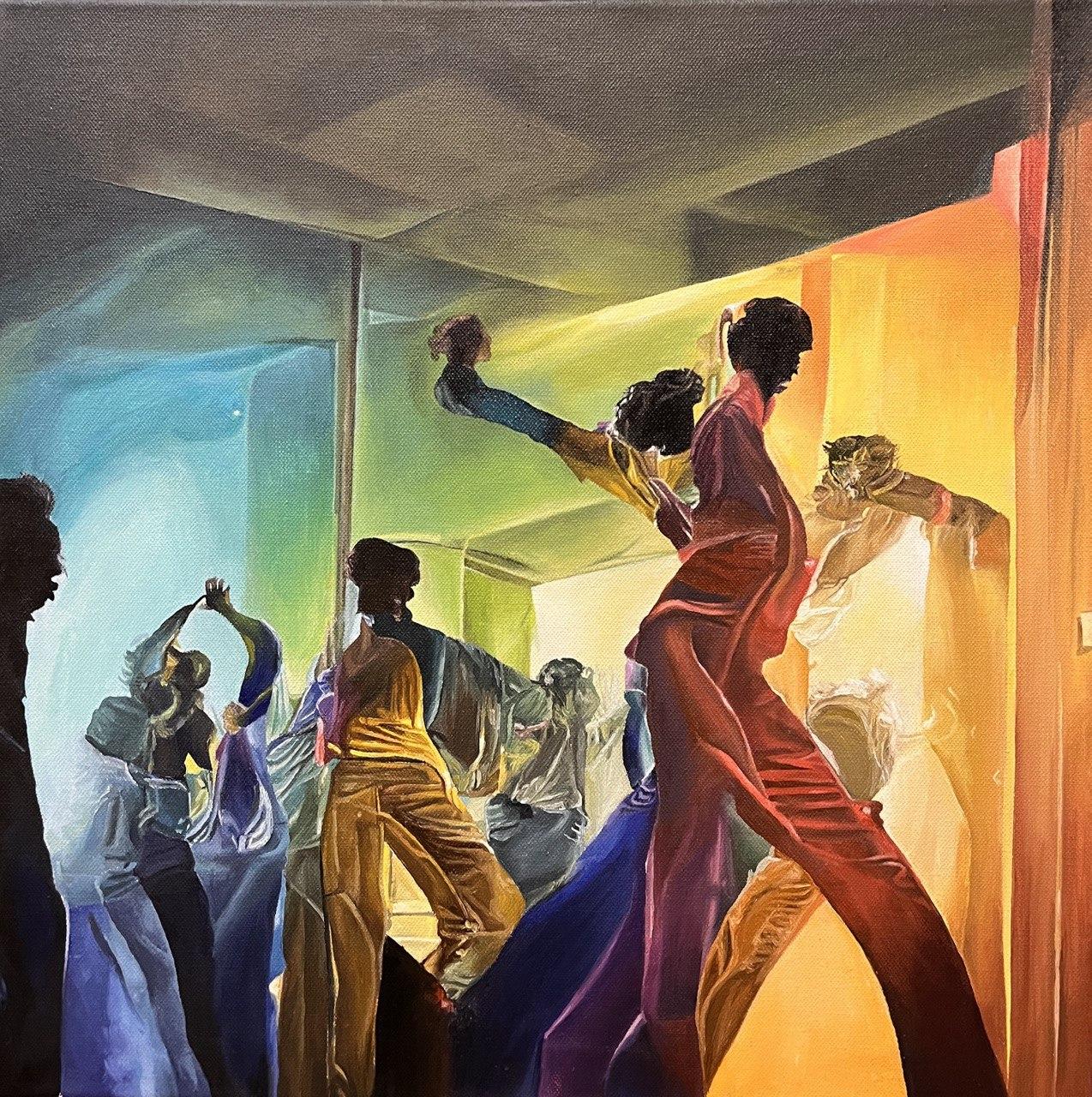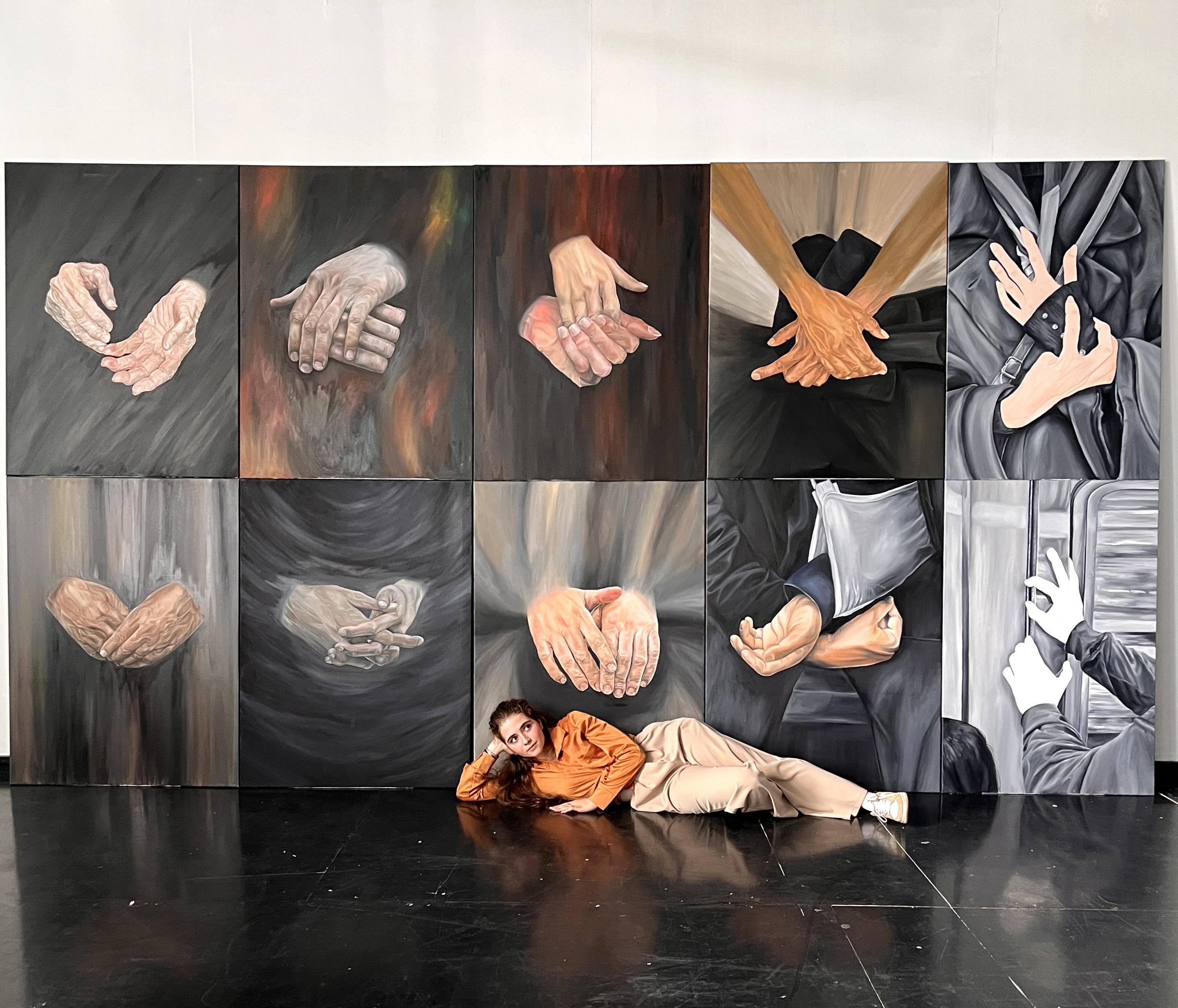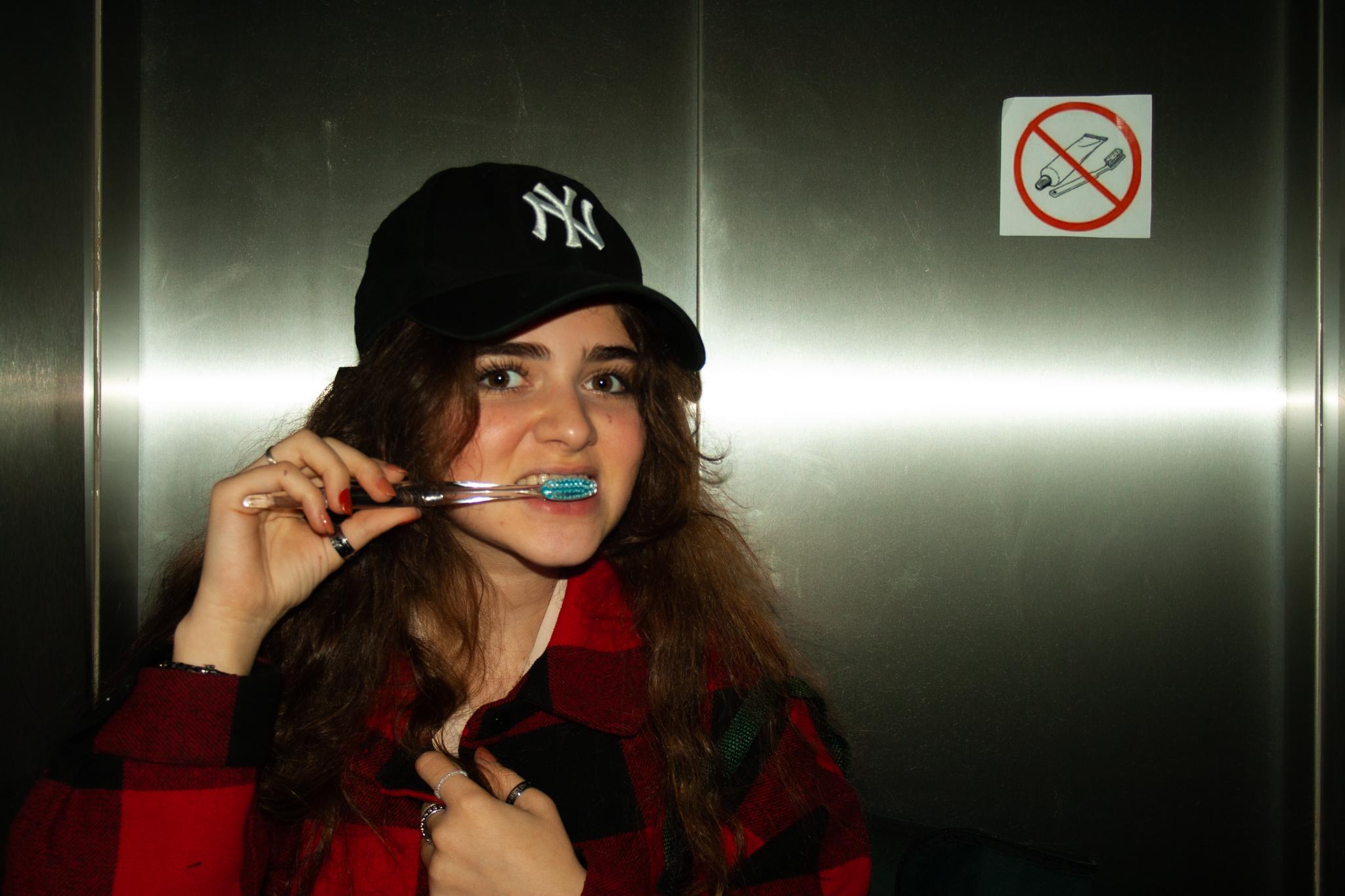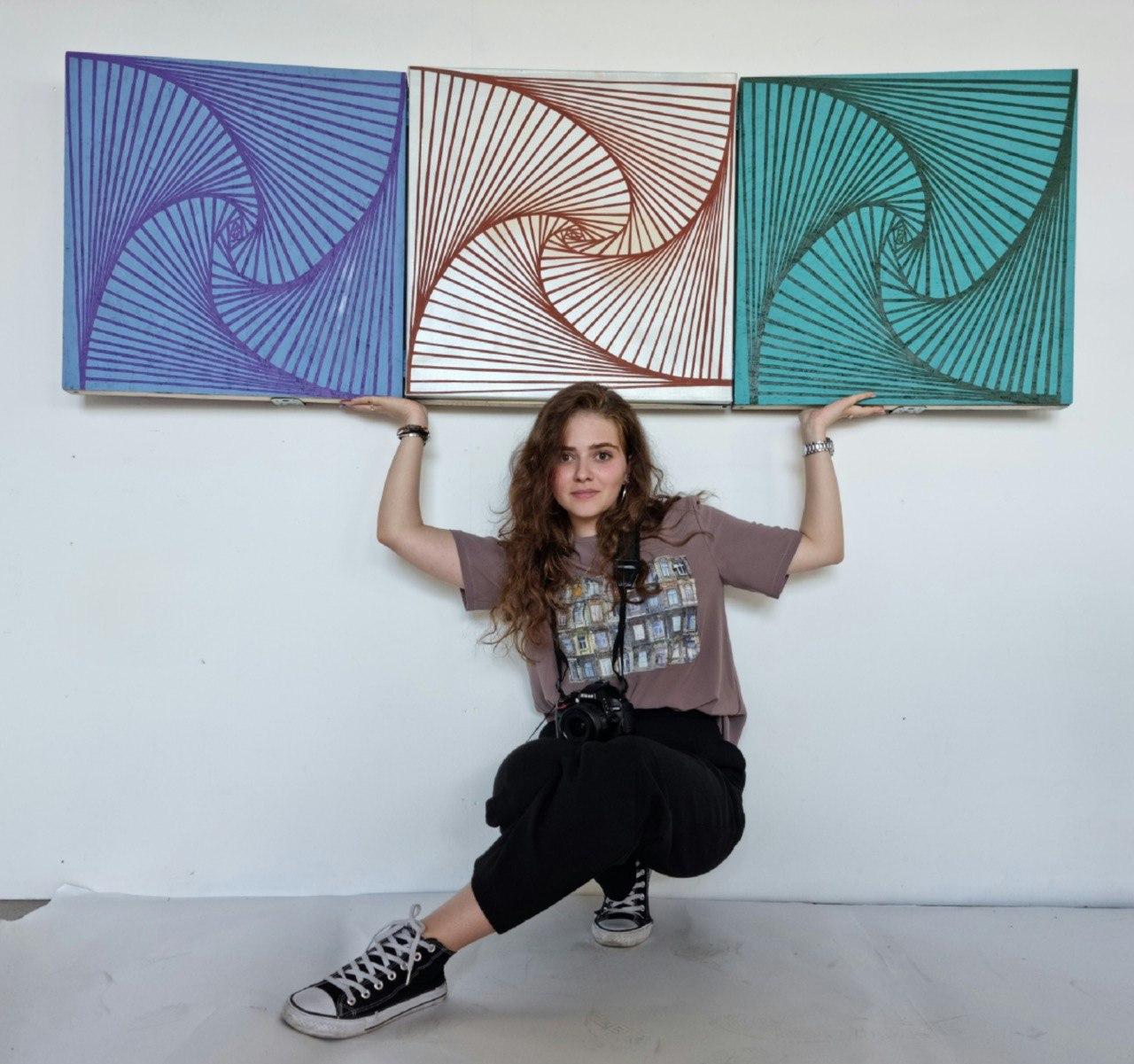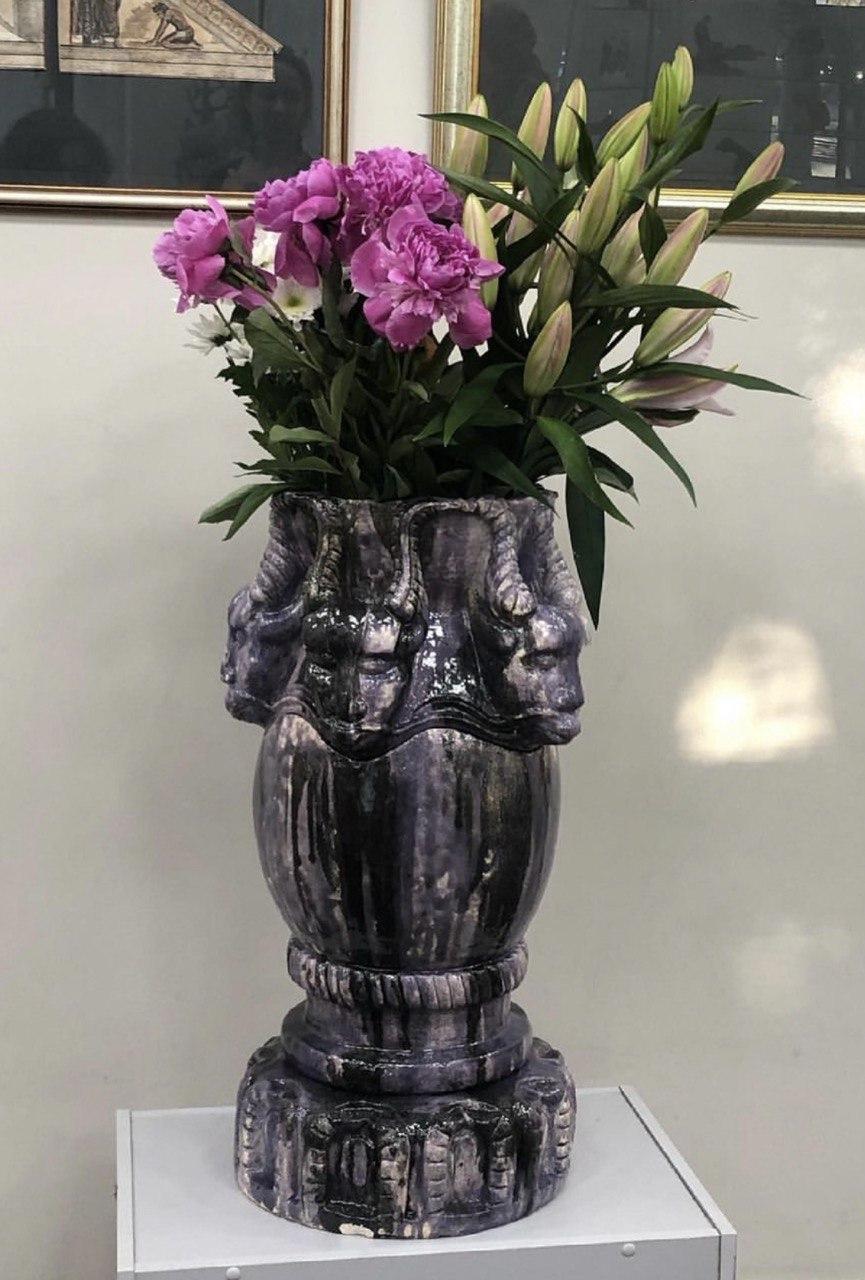The project lasted 2 months and began with the task of making a white paper sculpture, using a single sheet of absorbent cotton, on a loose theme, without the use of glue or any other improvised materials. The sculpture alternation involved an introduction to drawing (including consideration of the
different ways in which drawing and sculpture interrelate). There will also be
consideration of scale, texture, form, and the "truth" of materials.
This project has taught me to revisit the work I have done over and over again, to analyze it in new ways, and to progress through the experience. Reflecting on the experience is a very important part of the practice.
The Paper Sculpture project stumped me from the beginning as I had no idea how I could create a paper sculpture without using other materials, especially glue. However, after deep research, I was inspired by sculptors such as Richard Serra and Anish Kapoor. Subsequently, I had many ideas of what could be done in the form of a sculpture and ended up with not one work but two. The first, the English letter M, was inspired by Anish Kapoor's “Cloud Gate”, 2004, and Richard Serra's “Inside Out”, 2013, as well as Henry Moore's sculpture “Large Torso:Arch”, 1962-1963. This experience made me rethink the importance of deep analysis and the influence of other contemporary artists on my own practice.
The resultant outcome from the paper sculpture was "Painting M", which I believe is one of the most successful projects in my practice and is a work that incorporates two previous projects and gathers a vast amount of experience into a single outcome. This work is proof that I kept coming back and revisiting my research again and again, each time noticing new possibilities and benefits. Oil painting has helped me to go beyond my limits and combine different techniques, ideas and visual languages into one physical object. I was inspired by artist Wang Guanglie's painting technique and his smooth transitions from one hue to another, especially in paintings such as "181004", 2018 and "220228", 2022.
I was able to continue exploring past projects and not stop at one place, but to refine the work, giving it new possibilities, more specificity and clarity. Moreover, working on this painting, I tried new techniques, materials and painting methods, combining texture with smoothness, complementary palette with monochrome, light and shadow so that everything looks harmonious.
Idea:
I was inspired by three contemporary sculptors, Anish Kapoor, Henry Moore and Richard Serra. These artists worked with volumes in a multifaceted and versatile way, deeply exploring forms and methods of visualizing their work.
Henry Moore's sculpture "Large Torso: The Arch" 1962-1963 was the starting point of my project and the object of inspiration. Although this sculpture is a rendering of the humerus of a male torso, the work evokes other associations and interpretations; visually it reminded me of the letters of the Hebrew alphabet and seemed like a statue with someone's name veiled in it, or a symbol of culture. Then I had the idea to study the different letters of the Hebrew and other alphabets and somehow connect my project to the culture of letters, which flows into the history of the alphabet and is in some ways an important part of cultures.
Anish Kapoor's sculptures, and in particular “Cloud Gate” from 2004-2006, attracted me with their three-dimensional forms and 3D visualization. In his works, the artist was inspired by natural phenomena, which makes his works airy and not earthly, giving them new meanings. This encouraged me to experiment with volume and create 3D visualizations of what we often see in 2D space.
Richard Serra's work was inspired by its monumentality and full sense of labyrinthine space — how the artist introduced his sculptures into an environment where people saw his art, rather than what the sculpture itself looked like.
The process of making the sculptures:
I decided to make two sculptures that are conceptually the same — different variations of letters as 3D objects, but have 3 differences: format, language and visualization.
The first sculpture looks like a small mock-up of a labyrinthine space, somewhat similar to Richard Serra's visualization work, in the shape of the Hebrew letter "MEM" (I chose the letter "M" because I think it is the most interestingly shaped letter of the Hebrew alphabet) and inspired by Moore's sculpture. (Photos 3 and 5 show this sculpture already in a painted version)
My second work is more focused on exploring concrete form and volume not in space, but in the sculpture itself. This sculpture also depicts the letter "M", but this time in English, as I was interested in experimenting with the perception of the same object in completely different visual and linguistic ways. (Photos 2, 4 and 6 show this sculpture already in a painted version).
Description and process of creating a painting:
This project was a huge study for me and I did a lot of experiments and tests before creating the final large painting.
Initially, I had no idea how my painting would look, what colours and techniques I wanted to work in, which sculpture of the two to choose for further work. So I started my research and did 4 studies on small canvases. This was my first experience with oil painting and I quickly got used to the oil and tried to invest in 4 studies of a variety of visual languages. My style of painting itself is quite figurative and detailed, but in this case it is also abstract, because no matter how clearly the pictures were painted, it is not clear what is depicted on them precisely because my sculptures themselves are quite unusual in form and appearance.
After doing these 4 studies (Photos 3, 4, 5, 6), the first thing I realized is that realism is a style close to me, so I started to develop the idea of the final painting in this direction, however, I also realized that I like different techniques and colour contrasts, which I would like to combine in one work, not to be afraid to go beyond and experiment, but to make the work look harmonious.
Before starting the final painting, I encountered many contradictions and nuances. Painting is a more systemic story and requires a careful and thoughtful approach. I started my painting with the understanding only that I want to make it very bright, in warm colours, but at the same time make it deep and due to the dark contrasting background to make the picture further. And I also wanted to try not to use black and add texture, volume to the work. I started painting with an underpainting to better understand what colours would fit the idea.
The composition of the sculpture is built in such a way that the object is slightly cut off at the edges, a little does not fit within the limits of the canvas, and this gives it depth and volume (and also in size).
I made the background quite dark, with a smooth transition to the light. I covered the edges of the sculpture itself with texture paste to highlight the object itself and give it physical volume. I chose a monochrome colour scheme, as well as a complimentary one.
The painting and colour combination turned out to be very successful. Visually it looks very bright, as I wanted, but at the same time quite deep due to the dark colors and the background. One gets the feeling that a bright light shines on the object and it just glows from the inside and outside. And when the painting was already completed, I noticed that the background was shaped like a highlighted, contoured circle, which reminded me of the appearance of a planet. I noticed similar plots and outlines while still in the research phase in Franz Ackerman's works such as “Construction”, 2019, “Secret Tunnel”, 1999, and “Mind Map: Evasion VI”, 1996. It also glows and brings the image closer to us, and the background makes it even deeper. The shadows in the picture look very believable, but at the same time they are not very striking.
What I like the most is that I managed to give the painting a certain old-fashioned, freshness — that is, relevance at all times, but at the same time worn, saying that it is something adult. My sculpture initially has a historical and important cultural context. Through the painting, I was much better able to convey the value and importance of this sculpture and idea than through photographs on film (Photo 2).

